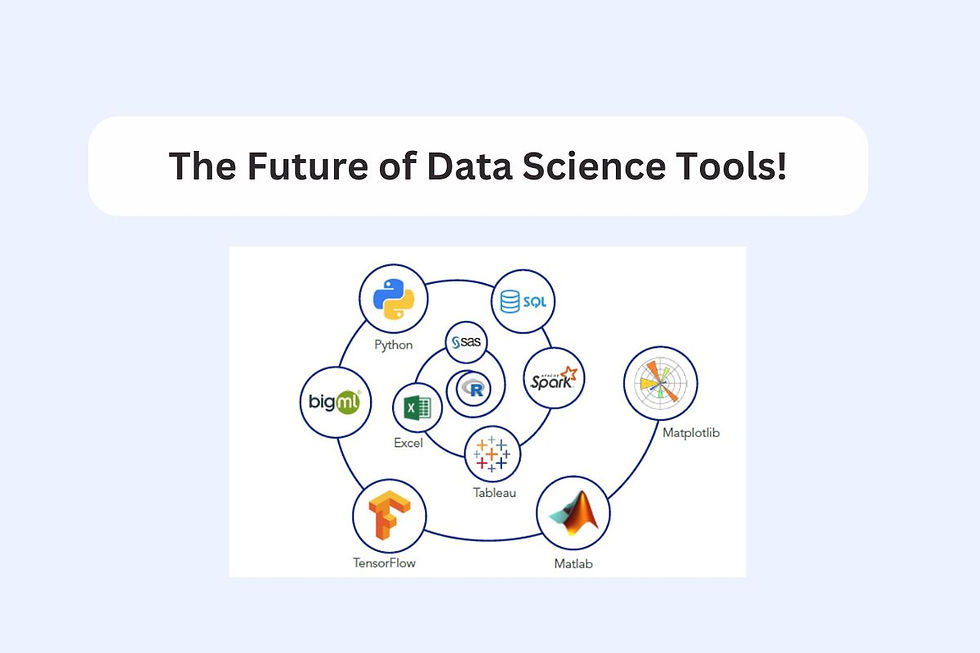10 Reasons to Learn NextJS for Your Next Project
- archi jain

- Oct 27, 2024
- 3 min read

Next.js has rapidly become one of the most popular frameworks for building web applications, especially with developers who prioritize performance, SEO, and scalability. This robust React-based framework streamlines complex tasks and offers a range of features designed to optimize web development.
Top 10 reasons why learning Next.js for your next project
1. Server-Side Rendering (SSR) and Static Site Generation (SSG)
One of Next.js’s standout features is its built-in support for server-side rendering (SSR) and static site generation (SSG). With SSR, content is rendered on the server side and sent to the client, which enhances performance and provides SEO-friendly pages. SSG, on the other hand, generates static pages at build time, ensuring fast load times without compromising on content quality. You can even combine SSR and SSG to get the best of both worlds for different parts of your website.
2. Improved SEO Capabilities
Next.js makes it easy to create SEO-friendly web applications by providing control over metadata and page content visibility. Since SSR and SSG offer faster load times and present fully rendered HTML to search engines, Next.js helps improve search rankings. Developers can also set custom meta tags for descriptions, titles, and other SEO properties, ensuring search engines can accurately read and rank your pages.
3. Automatic Code Splitting
One major challenge with single-page applications (SPAs) is that they can get bogged down with too much JavaScript, impacting performance. Next.js automatically splits code, loading only what is needed for a given page. This approach reduces the initial load time and ensures that users only download the code they need, improving overall speed and efficiency.
4. Built-in CSS and Image Optimization
Next.js simplifies styling by supporting various CSS options, including CSS modules and global stylesheets, which helps manage styles within large applications. Additionally, Next.js offers image optimization out of the box, automatically adjusting image sizes and formats to suit the user’s device, further reducing load times. This feature also includes lazy loading, ensuring images load only when they enter the viewport, which enhances the user experience.
5. API Routes and Backend Integration
Next.js enables you to create API routes directly within your application. This functionality allows you to build an API backend without needing a separate server, which is especially useful for small to medium projects. API routes let you handle requests such as user data, form submissions, or even simple CRUD operations. Plus, Next.js integrates well with external APIs, making it a versatile choice for projects of all scales.
6. Full-Stack Capabilities with Middleware
Next.js can be used to build both front-end and back-end applications, thanks to its support for middleware and API routes. Middleware helps with tasks such as authentication, request logging, and route protection, making it easier to create secure and dynamic applications. This full-stack capability enables developers to build cohesive projects within a single framework, reducing the need to maintain separate back-end systems.
7. TypeScript Support
Next.js has built-in support for TypeScript, which is particularly valuable for larger projects or teams that need strict type-checking. TypeScript helps catch errors early, improves code readability, and makes collaboration more seamless. Next.js automatically configures TypeScript, so you can start using it right away without a complicated setup, benefiting from type safety without extra hassle.
8. Dynamic Routing and File-Based Routing
Routing in Next.js is both intuitive and powerful, thanks to its file-based routing system. Developers can simply create a folder structure within the pages directory, and Next.js will automatically map these to corresponding routes. Dynamic routing also allows for custom paths based on data (such as user IDs or product names), enabling you to create personalized experiences for users with minimal effort.
9. Developer-Friendly Experience
Next.js is built with developer experience in mind, making it easy to set up, customize, and manage applications. Hot Module Replacement (HMR) allows developers to see changes in real-time without refreshing the page, speeding up the development process. Additionally, Next.js’s development environment includes powerful error and debugging messages that help identify and resolve issues quickly.
10. Large and Growing Community
Next.js has a thriving community and a wealth of resources available, from comprehensive documentation to third-party tutorials. With support from the Vercel team (Next.js’s creators) and contributions from developers worldwide, it’s easier to find solutions, resources, and best practices for any issues that arise. This community-driven support network is invaluable, especially for those who are new to the framework.
Conclusion
If you’re considering Full Stack Development Training in Noida, Delhi, Gurgaon, and other locations in India, mastering Next.js offers numerous advantages. The framework’s support for SSR, SSG, SEO optimization, and many other features makes it a versatile choice for modern web development. By investing time in learning Next.js, you’ll gain the skills needed to build fast, efficient, and SEO-friendly web applications, streamlining your workflow and enhancing your projects.








Comments